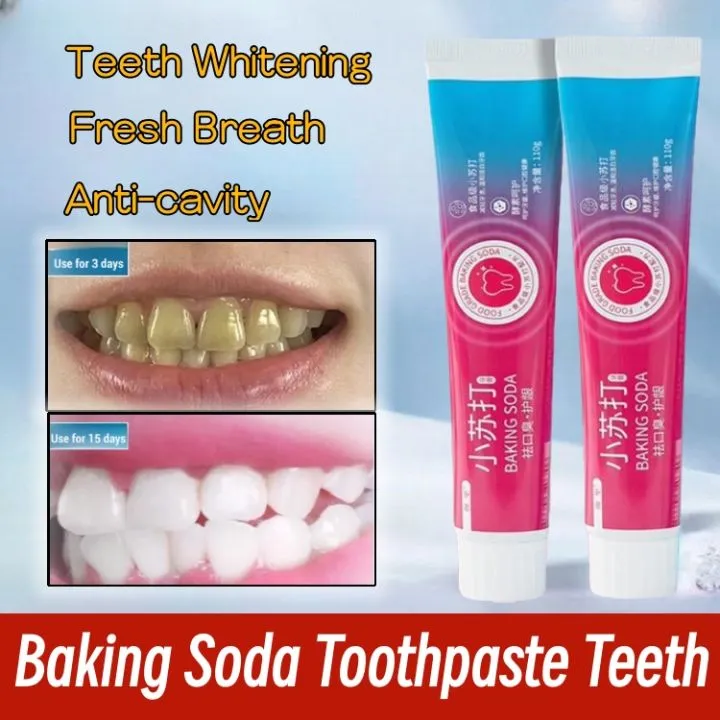What is Baking Soda Toothpaste and How Does it Work
Baking soda toothpaste has become a popular DIY teeth whitening solution. Its appeal lies in its accessibility, affordability, and the perception of being a natural alternative to commercial whitening products. But what exactly is baking soda toothpaste, and how does it function? Essentially, it’s a simple mixture typically composed of baking soda (sodium bicarbonate) and water, sometimes with the addition of other ingredients like hydrogen peroxide, essential oils, or flavoring agents. The premise behind its teeth whitening ability is primarily attributed to baking soda’s abrasive nature. When used to brush your teeth, the fine particles gently scrub away surface stains. This action helps to remove the build-up of plaque and tartar, leading to a perceived brightening of the teeth. In addition to its abrasive qualities, baking soda also has mild antibacterial properties, contributing to overall oral health.
The Science Behind Baking Soda’s Teeth Whitening Properties
The effectiveness of baking soda in teeth whitening is supported by a few scientific principles. The primary mechanism is its abrasive action, as mentioned earlier. The slightly gritty texture of baking soda helps to physically remove stains from the enamel surface. These stains often originate from pigmented compounds in food and beverages like coffee, tea, and red wine. Moreover, baking soda has a relatively high pH level, making it alkaline. This alkalinity can help to neutralize the acids produced by bacteria in the mouth, which contribute to enamel erosion and tooth discoloration. Some studies suggest that baking soda can also disrupt the bacterial biofilms that form plaque, thus aiding in the prevention of further staining. It’s worth noting that while baking soda can remove surface stains and make teeth appear whiter, it doesn’t change the intrinsic color of the teeth. The whitening effect is primarily superficial, unlike professional treatments that penetrate the enamel to change the tooth’s natural shade.
The Effectiveness of Baking Soda in Whitening Teeth
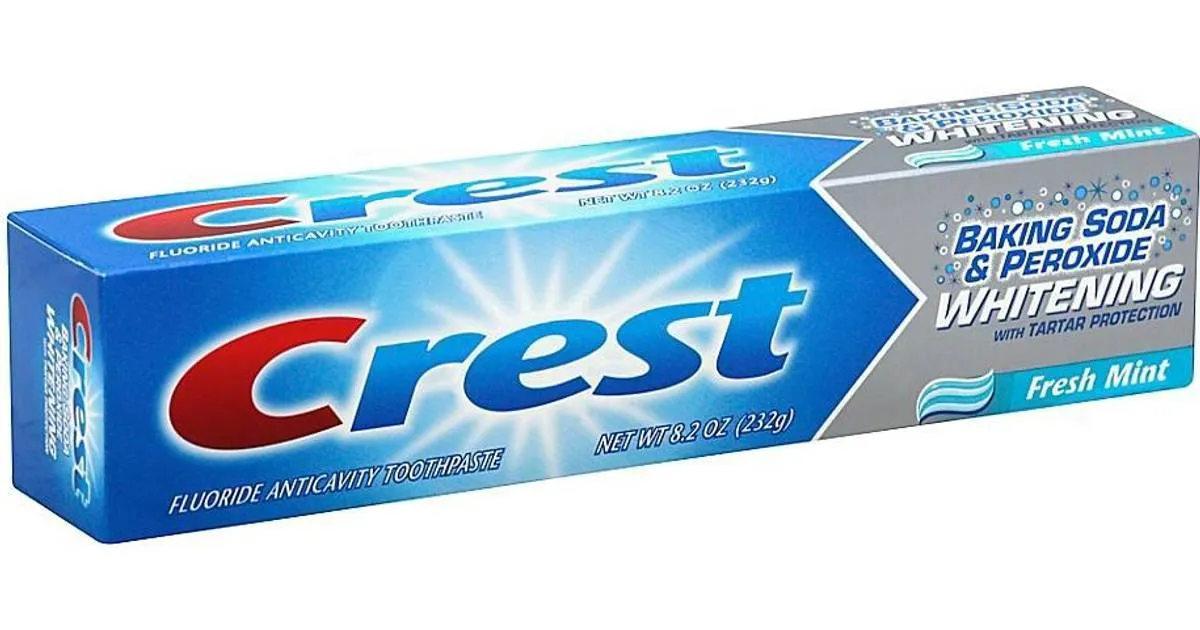
The effectiveness of baking soda toothpaste for teeth whitening varies from person to person and depends on factors like the severity of staining and the frequency of use. Many users report a noticeable improvement in the brightness of their teeth after several weeks of using baking soda toothpaste. However, the results are usually gradual and may not be as dramatic as those achieved with professional treatments. It’s crucial to manage expectations; baking soda toothpaste is generally effective for removing surface stains. For deeper, more stubborn stains, or if you have naturally dark teeth, the results might be less significant. Research suggests that baking soda toothpaste can be more effective than regular toothpaste at removing plaque and improving the overall appearance of teeth. However, the impact on the intrinsic color of the teeth is minimal. Using baking soda toothpaste consistently, combined with good oral hygiene practices like regular brushing, flossing, and professional dental cleanings, can contribute to a healthier and brighter smile.
Baking Soda Toothpaste Top 5 Teeth Whitening Secrets
Beyond using baking soda on its own, there are several combinations that can boost its whitening potential. Here are five popular and effective methods to enhance your results. Remember to use these methods with caution, following the recommended guidelines to avoid any potential harm to your teeth or gums. Always consult your dentist before beginning any new oral hygiene routine.
Secret 1 Baking Soda and Hydrogen Peroxide
Hydrogen peroxide is a mild bleaching agent that helps to oxidize stains on the teeth. Combining it with baking soda can create a potent whitening mixture. The hydrogen peroxide penetrates the enamel to help whiten the teeth from the inside out, while the baking soda helps with surface stains and plaque removal. This combination can deliver faster and more noticeable results compared to using baking soda alone. Ensure that you use food-grade hydrogen peroxide and exercise caution to avoid irritation of the gums. A very small amount of hydrogen peroxide is usually sufficient. It’s important to maintain the right ratio between the ingredients to ensure it is safe for use.
Step-by-Step Guide to Making the Paste
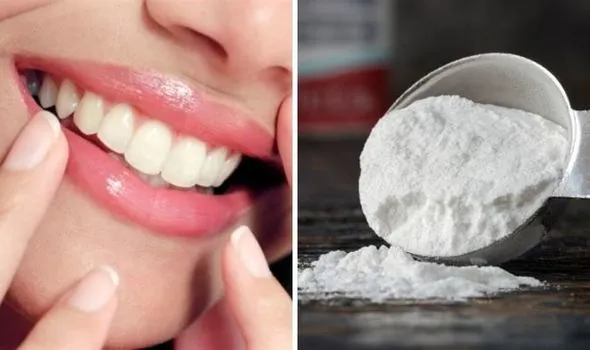
To make the paste, mix one tablespoon of baking soda with two tablespoons of hydrogen peroxide. The mixture should form a paste-like consistency. You can adjust the amount of hydrogen peroxide to achieve the desired texture. The paste should not be too runny. It’s important to prepare the paste fresh each time you need it and to use a clean container for mixing. Use a non-metallic spoon or spatula to mix the ingredients, as some metals may react with the ingredients and diminish their effectiveness. Avoid making large batches to preserve the potency of the mixture and ensure the fresh ingredients are used. It’s essential to avoid swallowing the mixture while brushing your teeth.
Application and Usage Tips
Apply the paste to your toothbrush and brush your teeth gently for about two minutes. Use a circular motion to ensure all tooth surfaces are covered, but avoid applying excessive pressure, which can damage the enamel. Rinse your mouth thoroughly with water after brushing to remove any remaining residue. Due to the abrasive nature of the baking soda and the bleaching effect of hydrogen peroxide, it is recommended to use this method only once or twice a week. Overuse can lead to tooth sensitivity and enamel erosion. Monitor your teeth for any signs of sensitivity or irritation, and if you experience any issues, reduce the frequency of use or stop using it altogether.
Secret 2 Baking Soda and Lemon Juice
Lemon juice contains citric acid, a natural bleaching agent that can help to remove stains and brighten teeth. When combined with baking soda, the mixture becomes an effective whitening treatment. However, the acidity of lemon juice can be harsh on the enamel. This method should be used with extreme caution and in moderation to minimize any potential damage to the teeth. The combination of baking soda and lemon juice generates a chemical reaction that can help break down and remove stains from the tooth surface, contributing to a brighter smile. However, it’s essential to be aware of the risks associated with using high-acid ingredients.
Step-by-Step Guide to Making the Paste
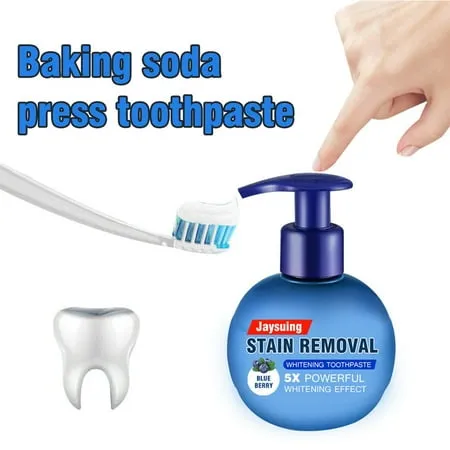
Mix one tablespoon of baking soda with a few drops of fresh lemon juice until it forms a paste. Avoid using too much lemon juice, as it can make the mixture overly acidic and harmful to your teeth. Ensure the paste has a thick consistency and is easy to apply to your toothbrush. Always prepare a fresh batch each time to maintain its effectiveness. This process helps in ensuring the ingredients work effectively without any chemical changes. Freshly squeezed lemon juice is more effective than bottled juice because it contains higher levels of citric acid. The goal is to create a mixture that is potent yet safe for your teeth. Use a non-metallic container and utensils to mix the ingredients.
Application and Usage Tips
Apply the paste to your toothbrush and brush your teeth gently for no more than one minute. Rinse your mouth thoroughly with water after brushing. Due to the high acidity of the lemon juice, it is crucial not to leave the paste on your teeth for an extended period. The recommended frequency of use is no more than once a week, or even less, to prevent enamel erosion. After using this paste, wait at least 30 minutes before brushing with regular toothpaste, as this can help neutralize the acid. Monitor your teeth for any signs of increased sensitivity or erosion, and if you experience any issues, discontinue using this method immediately. Always consult your dentist if you are unsure about using this method.
Secret 3 Baking Soda and Coconut Oil
Coconut oil has natural antibacterial properties and can help to remove stains. When combined with baking soda, it creates a gentle, effective teeth-whitening treatment. Coconut oil also helps to moisturize and protect the teeth, making this a less abrasive option compared to some other combinations. Coconut oil’s benefits for oral hygiene are numerous; it helps fight bacteria and reduces inflammation. This combination aims to offer a natural, less abrasive way to whiten teeth. It creates a smoother paste, which can be gentler on enamel and gums. This option provides a comprehensive approach to oral health and teeth whitening.
Step-by-Step Guide to Making the Paste

Mix one tablespoon of coconut oil (in solid form, if the temperature is cool) with one tablespoon of baking soda. Mix the ingredients thoroughly until they form a smooth paste. If the mixture is too thick, you can add a small amount of extra coconut oil. The consistency should be easy to apply to your toothbrush. The texture should be smooth to ensure it spreads evenly across your teeth. Using solid coconut oil helps create the right texture for the paste. Ensure the paste is well-mixed to get the best results and uniform application to your teeth.
Application and Usage Tips
Apply the paste to your toothbrush and brush your teeth for about two minutes. The coconut oil in the mix gives it a smoother consistency, which can be more pleasant to use compared to just using baking soda alone. Rinse your mouth thoroughly with water after brushing to remove any residue. Due to the gentler nature of this mixture, it can be used a few times a week, or as often as every other day, depending on your needs. Coconut oil also helps to soothe your gums, making this method suitable for people with sensitive teeth. Be sure to observe your teeth for any signs of discomfort, and adjust the frequency of use accordingly. The antibacterial qualities of coconut oil help fight plaque and bacteria, contributing to the overall health of the mouth.
Secret 4 Baking Soda and Apple Cider Vinegar
Apple cider vinegar (ACV) is believed to have teeth-whitening properties and helps to remove stains. However, it’s highly acidic, so it must be used with caution to avoid damage to the enamel. When combined with baking soda, ACV can help to brighten teeth while reducing the abrasive action of baking soda. The interaction of ACV and baking soda can produce a mild foaming action, and it will help in cleaning the teeth. This combination is used to potentially dissolve and remove stains that cause discoloration of teeth. The mix should be diluted properly to prevent damage.
Step-by-Step Guide to Making the Paste
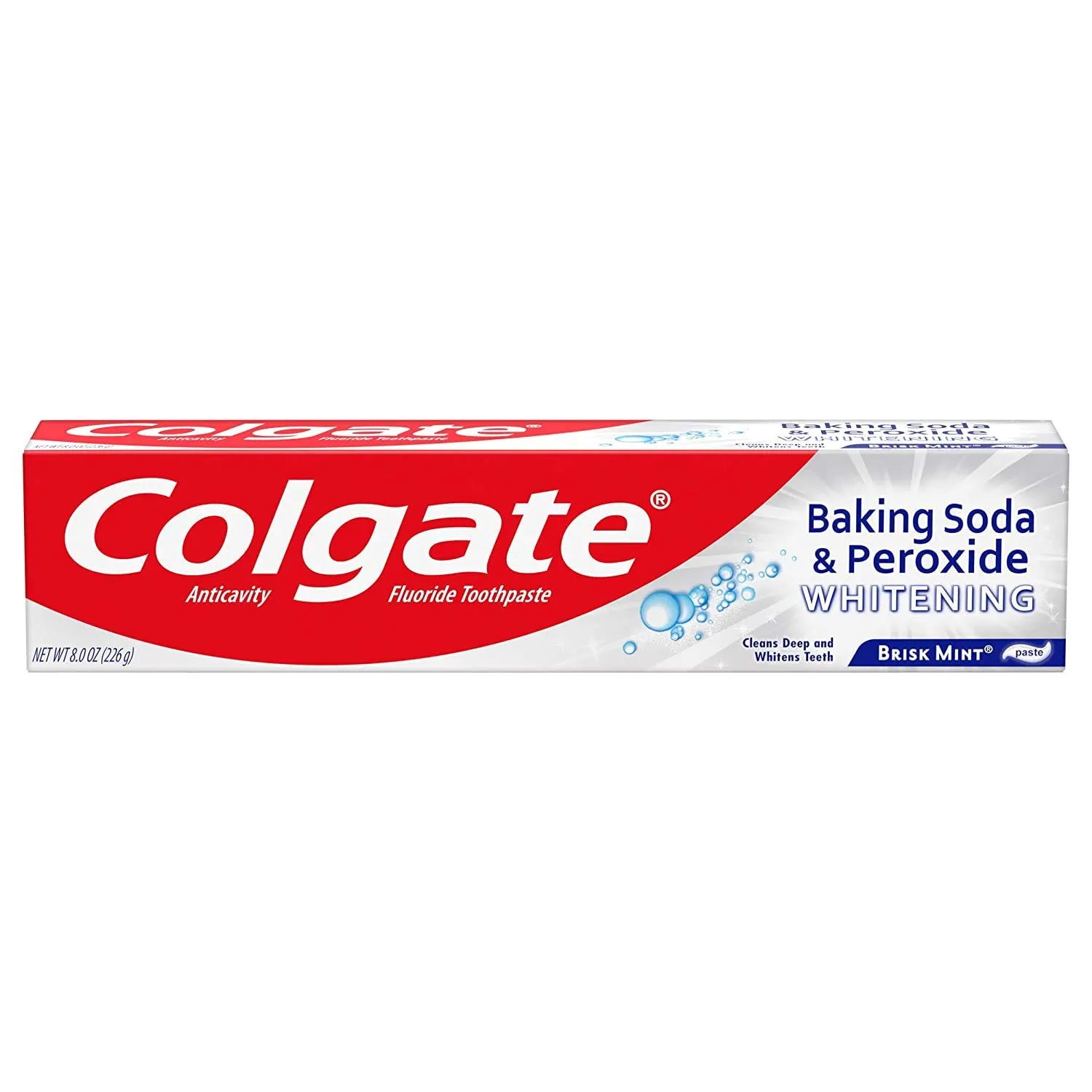
Mix one tablespoon of baking soda with a few drops of apple cider vinegar until it forms a paste. The mixture may fizz, indicating a chemical reaction between the alkaline baking soda and the acidic ACV. Add ACV gradually to avoid making the paste too runny. Use a small amount of ACV to avoid potential harm to your teeth. It is best to begin with a minimal amount, as excessive use might prove to be detrimental. Mixing it in a non-metallic container can prevent any undesirable reactions. The objective is to create a balanced mixture that is effective but not hazardous.
Application and Usage Tips
Apply the paste to your toothbrush and brush your teeth gently for no more than one minute. Due to the acidity of ACV, it is crucial to limit the time the mixture is in contact with your teeth. Rinse your mouth thoroughly with water after brushing. The recommended frequency of use is no more than once a week, or even less, to prevent enamel erosion. It is essential to monitor your teeth for any signs of sensitivity or damage. If you experience any issues, discontinue using this method and consult a dentist. After brushing, wait at least 30 minutes before using regular toothpaste to give the enamel some time to recover from the acid exposure.
Secret 5 Baking Soda and Turmeric
Turmeric is a natural anti-inflammatory agent and has been linked to several health benefits. In oral health, it’s used to reduce inflammation and to lighten the stains on the teeth. When combined with baking soda, it creates a gentle whitening and cleaning effect. This combination is mild, with the intention of reducing the abrasive action and adding an anti-inflammatory effect. This method helps with teeth whitening and promotes overall oral health. The goal is to create a gentle and effective teeth-whitening routine using a natural, non-abrasive, and anti-inflammatory formula.
Step-by-Step Guide to Making the Paste
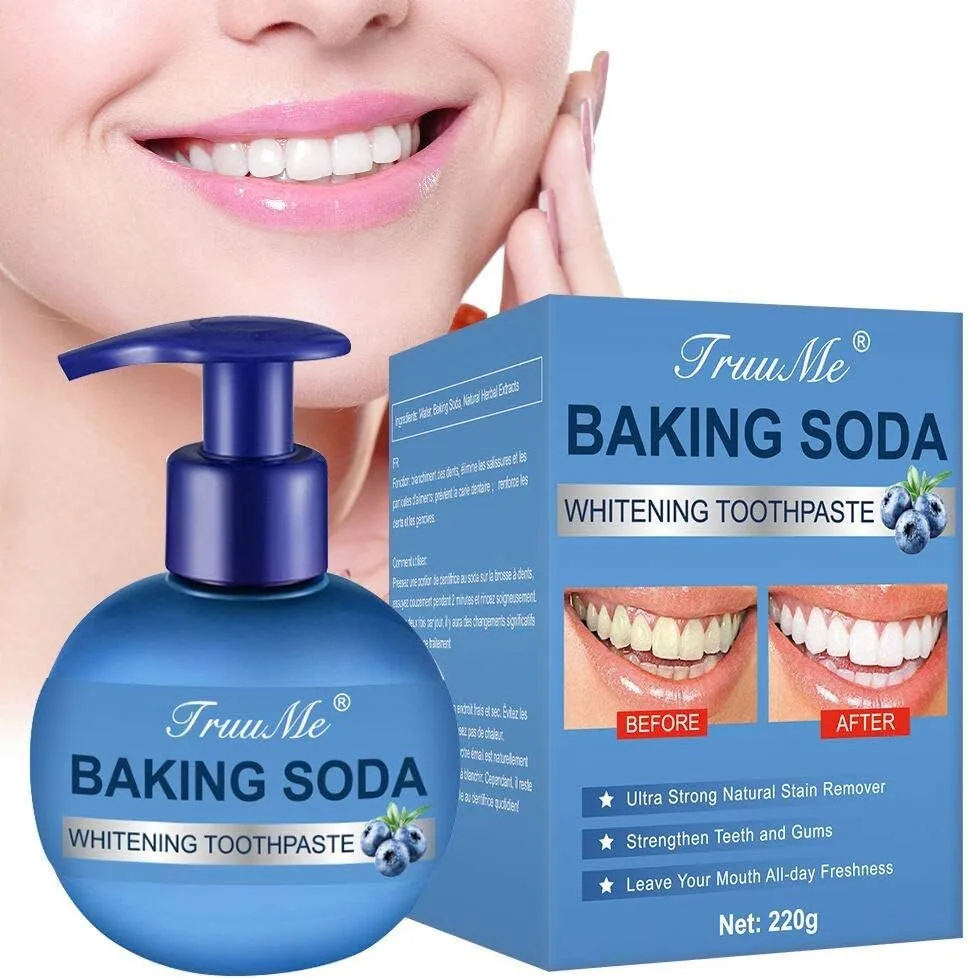
Mix one tablespoon of baking soda with half a teaspoon of turmeric powder. Mix thoroughly until it forms a paste. You can add a little water or coconut oil to get the consistency you desire. It is essential to ensure that the turmeric powder is well-mixed to avoid staining of the teeth. It’s important to use a non-staining container to mix the ingredients. If you’re including coconut oil, keep in mind that turmeric tends to stain surfaces easily, so be cautious while mixing. The consistency should be manageable, so it’s easy to apply on your toothbrush.
Application and Usage Tips
Apply the paste to your toothbrush and gently brush your teeth for approximately two minutes. Rinse your mouth thoroughly with water after brushing. Be mindful of the turmeric powder, as it can stain your toothbrush and surfaces. Consider using a separate toothbrush for this paste to prevent yellowing. This mixture is gentle, and you can use it a few times per week. Monitor your teeth for any signs of unusual sensitivity or irritation. Since turmeric is mild, most people can safely use it. If you’re worried about the turmeric staining your teeth, you can brush your teeth with regular toothpaste after rinsing.
Safety Considerations and Potential Side Effects
While baking soda toothpaste can be effective for teeth whitening, there are potential risks associated with its use. The abrasive nature of baking soda can, over time, wear down the enamel, leading to tooth sensitivity and increased vulnerability to cavities. Moreover, excessive use can irritate the gums and soft tissues in the mouth. Potential side effects include increased tooth sensitivity, gum irritation, and in severe cases, enamel erosion. Therefore, it’s crucial to use baking soda toothpaste in moderation and to monitor for any adverse effects. Regular dental check-ups are essential to ensure that your oral health remains optimal.
When to Avoid Baking Soda Toothpaste
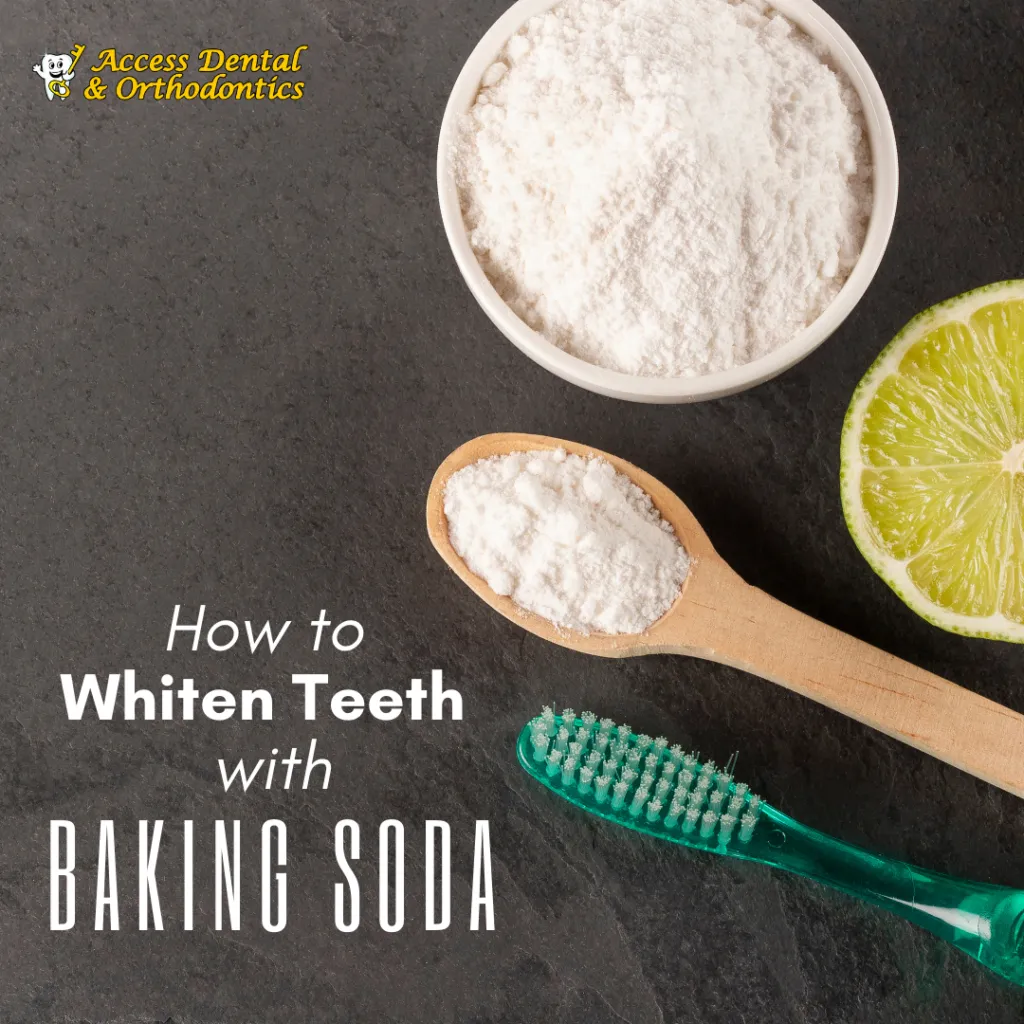
Certain individuals should avoid using baking soda toothpaste. If you have sensitive teeth, have receding gums, or are prone to enamel erosion, it’s best to consult with your dentist before using this method. Those with existing dental problems like cavities or cracked teeth should also avoid using baking soda toothpaste, as it can worsen these conditions. Furthermore, children should not use baking soda toothpaste without the explicit guidance of a dentist, as their enamel is still developing and is more vulnerable to damage. If you experience any pain, discomfort, or increased sensitivity while using baking soda toothpaste, you should stop using it immediately. It’s always better to err on the side of caution when it comes to your oral health.
Consulting a Dentist for Professional Advice
Before incorporating baking soda toothpaste into your oral hygiene routine, it is highly recommended to consult with your dentist. A dentist can assess the condition of your teeth and gums and provide personalized advice based on your specific needs and dental health. They can advise whether baking soda toothpaste is appropriate for you and recommend the appropriate frequency of use. Professional dental cleanings and whitening treatments offer more effective results and are generally safer than at-home remedies. Your dentist can also help you choose the right oral hygiene products and practices to maintain optimal oral health and achieve a brighter smile. Regular dental check-ups help to identify and address any emerging dental problems early on.
Alternatives to Baking Soda Toothpaste for Teeth Whitening
If you’re looking for alternatives to baking soda toothpaste, several other teeth-whitening options are available. Whitening toothpaste with fluoride can help to remove surface stains and prevent new stains from forming. Over-the-counter whitening strips are another popular choice, offering a convenient and relatively affordable solution. Professional teeth-whitening treatments, performed by a dentist, are the most effective and safest option for achieving significant results. These treatments use stronger bleaching agents and are monitored by a professional to minimize the risk of side effects. Other alternatives include using a whitening mouthwash or incorporating oil pulling into your routine. It’s essential to choose the whitening method that best suits your needs and oral health conditions.
